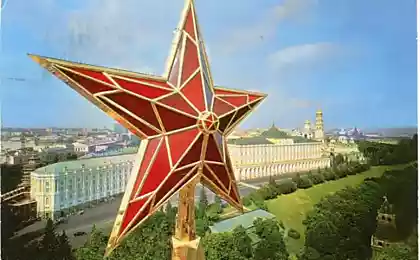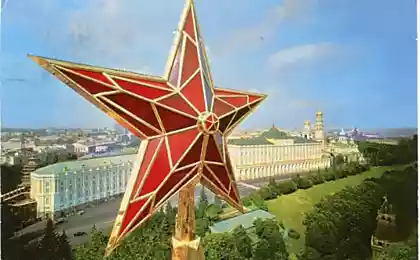499
Two-colored stars can lead us to extrasolar planets

We know that stars, like other heavenly bodies revolve around its axis. And this can be significant. Stars are made up of gas and plasma, with their huge size, rotation can significantly change their shape.
Since the equatorial regions rotate faster near-polar, and the centrifugal force acting on them greater. Therefore, due to the rotation of the star flattened at the poles and bulging at the equator. Equatorial bulge increases under the action of gravity, which decreases as the square of the distance from the center of the star. Therefore, even if a slight increase in the distance from the center of the gravitational force decreases sharply, which leads to even greater stretch star on the equator.
Meanwhile, the poles are closer to the center of the star, where the fusion reaction, and, hence, the hotter the equator. For this reason, the polar regions are bright, and the equatorial - dark. This phenomenon is called gravitational darkening.
This phenomenon can occur not only by their own rotation of the star, but also due to the rotation of the planets in its orbit. The rotating planet attracts the star, causing even more of its extension on the equator and therefore cooling of the equatorial region.
It would seem that, thanks to a two-color stars, the astronomers could easily find exoplanets. But there's a catch. Gravitational darkening is also called the theorem of von Tsaypelya after the Swedish astronomer Edward Hugo von Tsaypelya. More than 90 years ago, scientists derived the equations to describe this phenomenon and, although the idea was correct, current data show that in its calculations were inaccurate.
Astronomers believe that the background Tsaypel not take into account the movement and change the star's atmosphere due to the temperature difference. Therefore we have to spend much more calculations before we can use the gravitational darkening to hunt for exoplanets.
via factroom.ru
Scientists are trying to turn back the clock and bring the evolution of chicken "kurozavra"
Somewhere in the ocean lost 92 nuclear bombs























